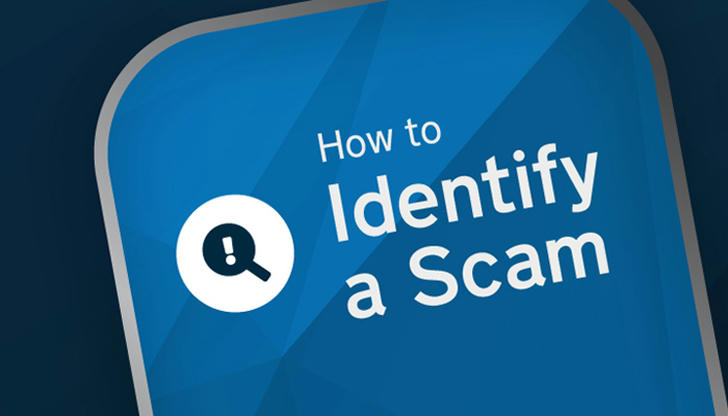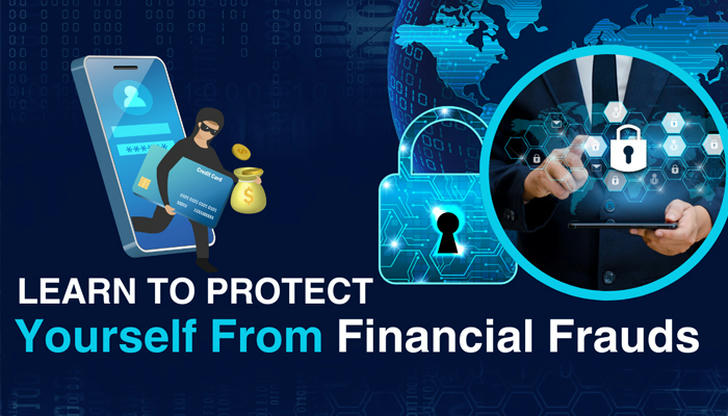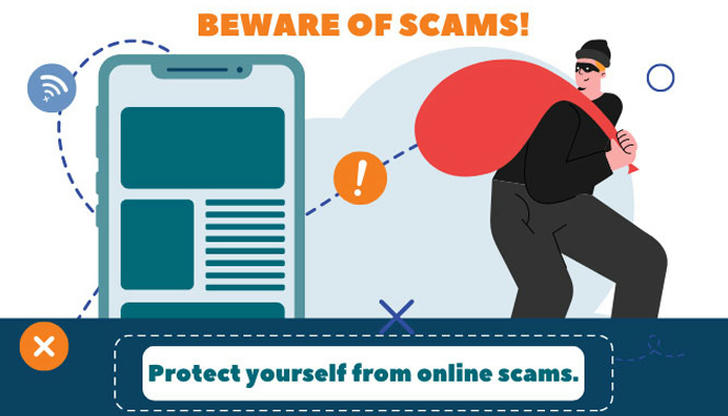Identifying Financial Scams: Protecting Yourself from Fraud
In the digital age, financial scams are becoming increasingly sophisticated, targeting people across all demographics. From email phishing and fake investment schemes to identity theft and phone scams, fraudsters are constantly developing new ways to exploit unsuspecting victims. Understanding how to recognize and avoid financial scams is crucial to protecting your personal information and financial well-being.

This guide offers a comprehensive overview of the most common financial scams, explains how they operate, and provides actionable steps you can take to safeguard yourself.
What Is a Financial Scam?
A financial scam is a deceptive scheme designed to steal money or sensitive personal data from individuals. Scams often rely on manipulation, urgency, and emotional appeal to trick victims into taking actions that compromise their security.
These scams can occur through various channels, including:
- Emails
- Phone calls and text messages
- Social media platforms
- Fake websites
- In-person interactions
Common Types of Financial Scams
1. Phishing Scams
Phishing involves fraudulent emails or messages that appear to be from reputable sources. These messages often ask you to click on links or download attachments, which may install malware or direct you to a fake website that captures your credentials.
Red flags:
- Spelling errors or unusual formatting
- Urgent requests for personal or financial information
- Links that don't match the official website domain
2. Investment Scams
Fraudsters may offer fake investment opportunities, promising high returns with little or no risk. Ponzi and pyramid schemes are common examples.
Red flags:
- Guarantees of unrealistic returns
- Pressure to invest quickly
- Lack of proper documentation or regulatory registration
3. Impersonation Scams
Scammers may impersonate government officials, bank representatives, or even family members. They often create a sense of urgency to force quick action.
Red flags:
- Requests for immediate payment via gift cards, wire transfers, or cryptocurrency
- Threats of arrest or account closure
- Calls or messages from unknown numbers claiming to be relatives in distress
4. Romance Scams
Romance scams involve fake online relationships where the scammer builds trust over time and then requests money, often claiming a personal crisis.
Red flags:
- Avoidance of video chats or in-person meetings
- Requests for money for emergencies, travel, or medical bills
- Stories that seem too good to be true
5. Lottery and Prize Scams
Victims are told they have won a large prize but must pay taxes or fees upfront to claim it.
Red flags:
- Notifications of winnings from contests you didn’t enter
- Requests for upfront payment to release winnings
- Poor grammar or vague contact information
6. Tech Support Scams
Scammers pose as tech support agents from major companies and claim your device is infected. They may ask for remote access or payment for fake software.
Red flags:
- Unsolicited pop-up messages or calls
- Requests to install remote access software
- Demands for payment in gift cards or cryptocurrency
How to Identify a Scam

Recognizing scams early is the best defense. Here’s what to look for:
- Too Good to Be True: If an offer promises massive rewards for little effort, be skeptical.
- Pressure Tactics: Scammers often pressure you to act fast without time to think.
- Requests for Personal Information: Legitimate companies don’t ask for sensitive details via email or phone.
- Unusual Payment Methods: Gift cards, wire transfers, and crypto payments are hard to trace and often used in scams.
- Check the Source: Verify the identity of anyone contacting you. Use official channels.
What to Do If You Suspect a Scam
Stop Communication: Cease contact immediately if you suspect a scam.
Don’t Share Information: Never give out your Social Security number, passwords, or banking details.
Document Everything: Keep records of the messages or emails you received.
Report It:
- Federal Trade Commission (FTC): reportfraud.ftc.gov
- Internet Crime Complaint Center (IC3): www.ic3.gov
- Consumer Financial Protection Bureau (CFPB): www.consumerfinance.gov
Alert Your Bank: Contact your financial institution to freeze or monitor your accounts.
Update Passwords: Change your passwords immediately for any affected accounts.
How to Protect Yourself

1. Strengthen Your Cyber Hygiene
- Use strong, unique passwords for each account.
- Enable two-factor authentication (2FA).
- Keep software and antivirus programs up to date.
2. Be Cautious with Personal Information
- Don’t overshare on social media.
- Limit what information you provide to unknown websites or individuals.
3. Verify and Research
- Look up companies or individuals before engaging.
- Check if a charity or investment is registered with official regulatory bodies.
4. Secure Your Devices
- Use firewalls and antivirus tools.
- Avoid using public Wi-Fi for financial transactions.
- Regularly back up your data.
5. Stay Informed
- Sign up for scam alerts from the FTC and your state attorney general.
- Talk to friends and family, especially elderly relatives, about common scams.
Real-Life Example: The Grandparent Scam
A scammer calls an elderly person pretending to be their grandchild in distress. They claim to be in jail or injured and need money immediately. The victim, driven by emotion, wires money without verifying the identity of the caller.
Lessons Learned:
- Always verify the caller’s identity by asking personal questions.
- Hang up and call the person directly using a known number.
- Be cautious of urgent requests involving family emergencies.
What to Teach Others
Educating others—especially those most vulnerable like seniors and teens—can help stop scams in their tracks. Share:
- The types of scams and how they work
- The signs to watch for
- Where to report fraud
Encourage open conversations and create a support system for reporting suspicious behavior.
Conclusion
Financial scams are an ever-present threat in our interconnected world. However, with awareness, vigilance, and the right precautions, you can protect yourself and your loved ones from falling victim. Learn to recognize red flags, verify information before acting, and take prompt action when something seems off.
Being cautious doesn’t mean being fearful—it means being empowered. By staying informed and helping others stay informed, you become part of the first line of defense against fraud.
